Canon EF 16-35 mm f/2.8L III USM
7. Coma, astigmatism and bokeh
| Center, 16 mm, f/2.8 | Corner APS-C, 16 mm, f/2.8 | Corner FF, 16 mm, f/2.8 |
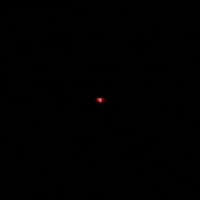
|
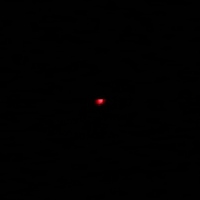
|

|
| Center, 24 mm, f/2.8 | Corner APS-C, 24 mm, f/2.8 | Corner FF, 24 mm, f/2.8 |
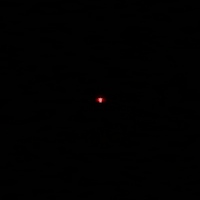
|
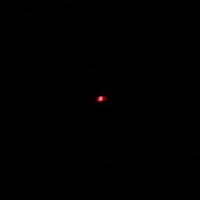
|
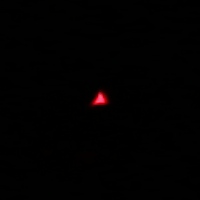
|
| Center, 35 mm, f/2.8 | Corner APS-C, 35 mm, f/2.8 | Corner FF, 35 mm, f/2.8 |
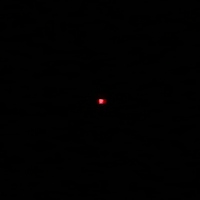
|
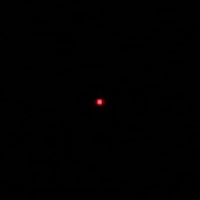
|
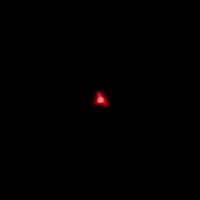
|
The astigmatism, understood as an average difference between vertical and horizontal MTF function values, can be a bit of a problem as well. The value measured by us amounted to 12.2% and it is a medium level. The 35 mm focal length contributes to that result the most because the astigmatism was the most pronounced for that point. It is a value worse than those of many rivals, mentioned in this test.
Please Support UsIf you enjoy our reviews and articles, and you want us to continue our work please, support our website by donating through PayPal. The funds are going to be used for paying our editorial team, renting servers, and equipping our testing studio; only that way we will be able to continue providing you interesting content for free. |
- - - - - - - - - - - - - - - - - - - - - - - - - - - - - - - - - - - - - - - - - - - - - - - -
For a zoom lens with such a wide angle of view defocused light circles look sensibly well. The light spread observed in them is not completely even – you can notice concentric circles for example – but overall it remains better than the respective performance of the Tokina 16-28 mm or the Tamron 15-30 mm or the tested lens’s slower brother with the same focal range.
| Center, 35 mm, f/2.8 | Corner APS-C, 35 mm, f/2.8 | Corner FF, 35 mm, f/2.8 |
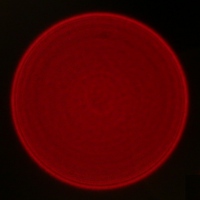
|
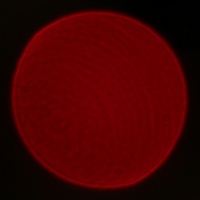
|
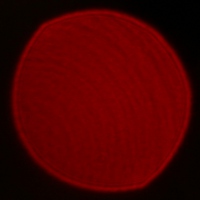
|
| Center, 35 mm, f/4.0 | Corner APS-C, 35 mm, f/4.0 | Corner FF, 35 mm, f/4.0 |
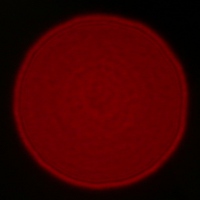
|
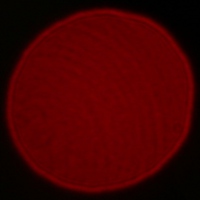
|
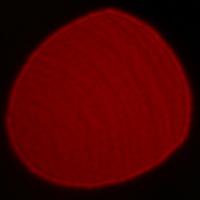
|
Center, 35 mm, f/5.6 | Corner APS-C, 35 mm, f/5.6 | Corner FF, 35 mm, f/5.6 |
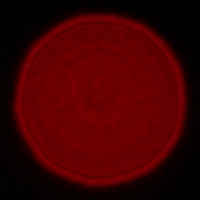
|
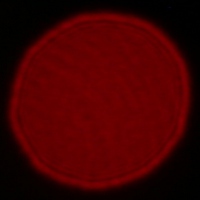
|
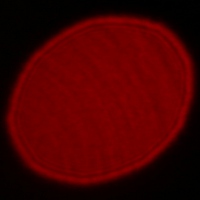
|






